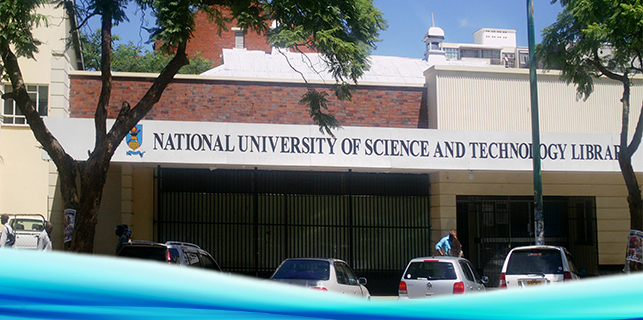As printing presses begin to warm up again in Harare, savers across Zimbabwe are slowly forming queues at banks in the country to withdraw their cash, some at a limit of $20 per day. The government’s announcement to start printing local denominations of US dollars has locals afraid of a return to the Zimbabwean dollar.
Before it was scrapped, the Zimbabwean dollar caused record-breaking hyperinflation for almost a decade. At its worst in 2009, 100 trillion Zim dollars barely bought a loaf of bread, while the equivalent of US$1 had 33 zeros. To ride out an economic disaster, the central bank adopted nine currencies as legal tender including the South African rand, the euro and the Chinese yuan before officially anchoring itself to US dollars to control inflation. The original notes are now worth more as a novelty on eBay than they ever were on the market.
However, in a move to ease a cash crisis caused by larger imports than exports, the central bank intends to begin printing again. The 200 million shiny new ‘bond notes’ are allegedly backed by US$200 million borrowed from the African Export-Import Bank. They are intended to always be worth the equivalent of the American variety.
“If I had US dollars in my bank account in Zimbabwe, I would want to make sure the government does not ‘transform’ them into something else”
‘In principle this is a good idea,’ says Manoel Bittencourt, Associate Professor of Economics at the University of Pretoria. ‘The Zim central bank keeps the economy stable by keeping “bond notes” on par with the US dollar. However, in practical terms, who is going to believe that the Zimbabwe central bank is going to keep its promise, without the anchor of the US Federal Reserve System?’ He believes that the plans, though they make sense on paper, may fail to convince Zimbabweans. Many worry that bank accounts of US dollars will be changed into bond notes.
‘One thing we always have to bear in mind is that inflation – and hyperinflation – hurts the poor,’ says Bittencourt. ‘Meanwhile, the upper classes are able to find ways of protecting themselves against inflation with dollars or indexed bank accounts. If I had US dollars in my bank account in Zimbabwe, I would want to make sure the government does not “transform” them into something else, wouldn’t you?’
This was published in the July 2016 edition of Geographical magazine.






